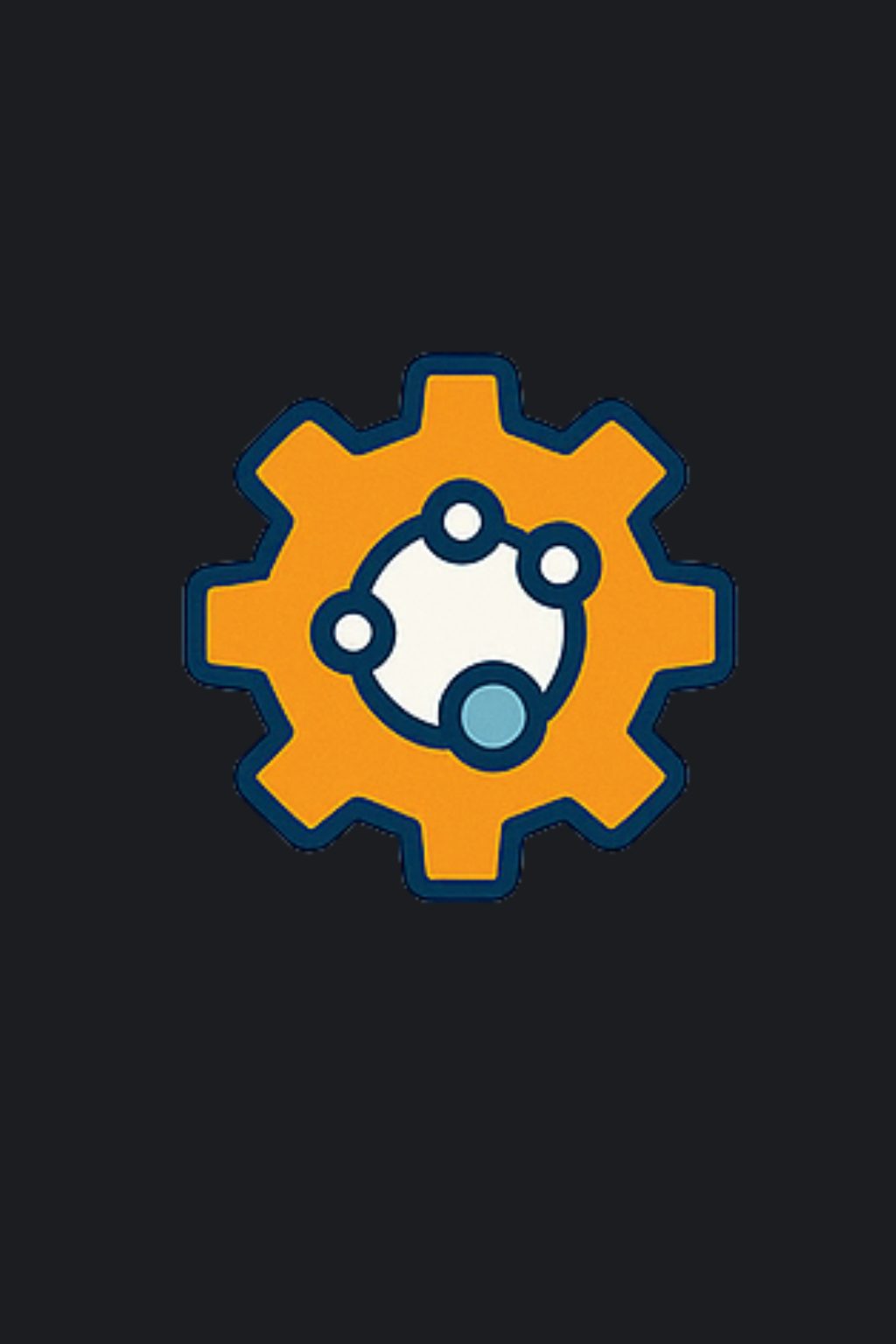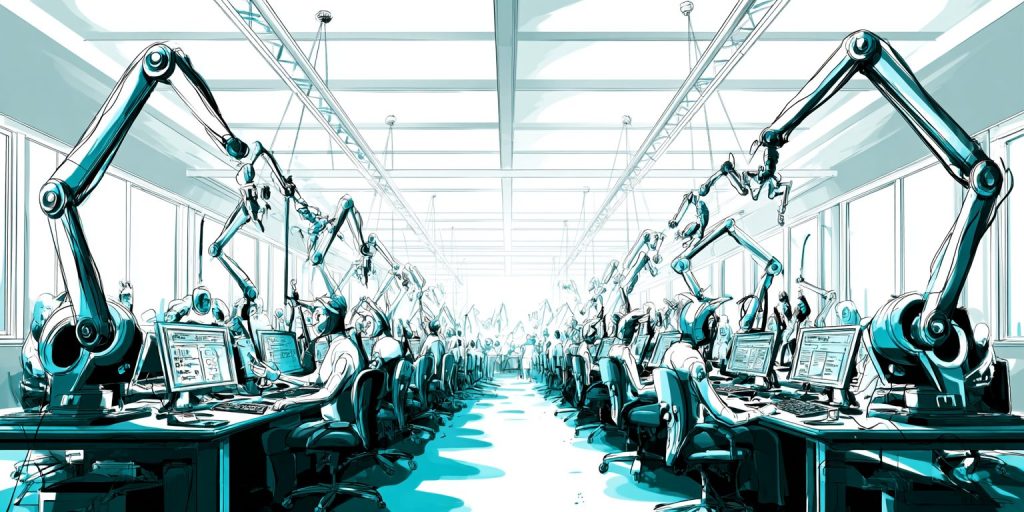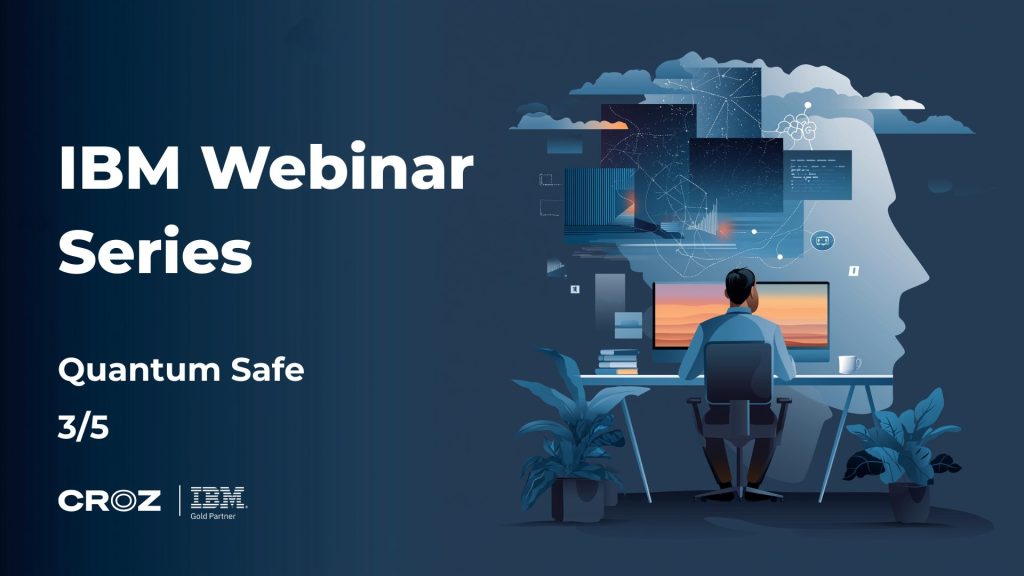Remember when people said mainframes were old technology that would soon disappear? Well, that old technology just got some serious upgrades, and now it runs faster than ever.
In our last article, we talked about why COBOL V6 modernization is better than replacing everything. Now let’s look at the numbers, the kind that makes business leaders pay attention. We’re talking about performance gains and cost optimization so big they’ll make you wonder why you waited so long.
The Winning Combination: New Compiler Plus New Hardware
Here’s where it gets interesting. When you upgrade your COBOL compiler, it’s not just a small improvement. It’s like putting a rocket engine in your car. And when you also upgrade to the latest IBM Z hardware? You’re not just making things faster; you’re completely changing what your mainframe can do.
What Makes COBOL V6 So Special
Enterprise COBOL V6 didn’t just make small changes. The team built a completely new way to compile and run COBOL code. They designed it to get maximum performance from modern mainframe hardware.
What did this achieve? Companies upgrading from Enterprise COBOL V4.2 to V6.3 on IBM z15 hardware see 58% less CPU usage in applications that do heavy calculations. That means your applications can run almost twice as fast while using half the computer power.
There’s more good news. Some decimal operations, the kind that banking applications use all the time—run up to 97.5% faster when you turn on the Vector Packed Decimal Enhancement Facility. That’s a huge speed increase.
The Important Numbers
What the Compiler Upgrade Does
Each version of Enterprise COBOL has improved performance, but V6 is a big jump forward:
- COBOL V6 compared to V4: About 20% faster for banking and insurance systems
- Math operations: 74-90% faster; this is a real number
- Hardware settings: Moving from ARCH(8) to ARCH(13) gives you 23% better performance on average
What New Hardware Does
Modern IBM Z machines are much more powerful than older ones:
- IBM z16: 40% better overall performance than z15, with 11% improvement per processor and 1.5 times more cache memory
- IBM z17: Another 11% faster than z16 per processor, with 15-20% more total capacity
- Lower power use: The z17 uses 17% less electricity than z16 while running faster

What Happens When You Upgrade Both
When you upgrade both COBOL and hardware at the same time, something great happens. Companies report 15-25% less MIPS usage on average, that means real money saved.
But here’s the most impressive part: IBM’s tests show that upgrading from Enterprise COBOL 4.2 on zEC12 to Enterprise COBOL 6.5 on z17 makes things run 4.10 times faster. Your applications actually run more than four times as fast.
Real Examples from Real Companies
Banks Get Better Performance
Large banks that upgraded to IBM Enterprise COBOL V6 saw 20% better performance. This let them handle much higher transaction volumes without buying new hardware.
Use this power, too! It is so easy to also reduce costs fast just by recompiling. Use the newest Compiler to optimize your applications.
Applications Run Much Faster
One modernization project that upgraded COBOL and infrastructure achieved a 75% reduction in how long applications take to run. This means: batch jobs that used to take four hours now finish in one hour. That’s three extra hours your team can use for other work.
Better for the Environment Too
The z17 uses 17% less power than the z16 while running faster. So you’re not just running faster—you’re also using less energy and helping the environment.
ARCH: The Setting Most People Miss
The ARCH compiler option is very important, but many companies don’t pay attention to it. This setting controls which mainframe instructions your code uses, and it makes a big difference:
- • ARCH(7): For hardware from 2010 (if you’re still using this, you should upgrade)
- • ARCH(12): Turns on Vector Packed Decimal improvements
- • ARCH(13): Best for z15 hardware
- • ARCH(14): Close to the max (z16)
- • ARCH(15): The best of the best (z17)
Here’s something amazing: decimal operations with ARCH(12) run 39 times faster than the same code with ARCH(11) or earlier. That’s a 97.5% reduction in CPU usage for important financial calculations. This one setting can make a huge difference.
More Than Just Speed
The performance improvements are great, but there are other benefits too:
- Cleaner code: Upgrading forces you to clean up old, messy code
- Modern features: You get things like JSON support, better API connections, and easier debugging
- Ready for the future: You can use new improvements as they come out
- Save money: You might not need to buy new hardware if you optimize what you have
- Attract developers: It’s easier to hire developers when you use modern tools
The z17: Built for Today and Tomorrow
If you’re thinking about new hardware, the IBM z17 is the most advanced mainframe available:
- 208 processor cores maximum (15-20% more than z16)
- 64 TB of memory (60% more than z16)
- 8 times more AI processors for machine learning on the mainframe
- Data Processing Unit (DPU) that handles input/output and reduces delays
- @ bigger L2 cache per core for faster data access
This is not an old mainframe. This is a modern computing platform with AI capabilities that runs COBOL very well.
How to Start Your Upgrade
Ready to get these benefits? Here’s a good way to start:
-
![Check what you have now]() Step 01
Step 01Check what you have now
Write down your current COBOL versions, ARCH settings, and hardware model.
-
![Measure performance]() Step 02
Step 02Measure current performance
Test performance before you start so you can show improvement later.
-
![Start small]() Step 03
Step 03Start small
Test with less important applications first, then expand.
-
![Automation tools]() Step 04
Step 04Use automation tools
Modern tools make migration much easier and less risky.
-
![Experts]() Step 05
Step 05Get help from experts
Work with people who have done this successfully before.
The Bottom Line
Let’s be clear: COBOL modernization with compiler and hardware upgrades gives you real, big, measurable performance improvements while reducing costs.
Companies that finish these upgrades report 15-25% less MIPS usage on average, with some applications improving by 50% or more. When you add the possibility of 4 times faster performance from combining the latest compiler with modern hardware, the business case is very strong.
The mainframe is not dying, it’s getting better and performing beyond expectations. When you use modern COBOL compilers and IBM Z hardware, you get better performance, efficiency, and cost savings that support digital transformation. At the same time, you keep the strong reliability and security that COBOL systems have provided for decades.
The real question is not whether you should modernize your COBOL system. It’s whether you can afford not to modernize, while other companies are already getting these benefits.
It’s time to stop thinking of your mainframe as old technology and start using it as the high-performance system it can be.
Falls Sie Fragen haben, sind wir nur einen Klick entfernt.








